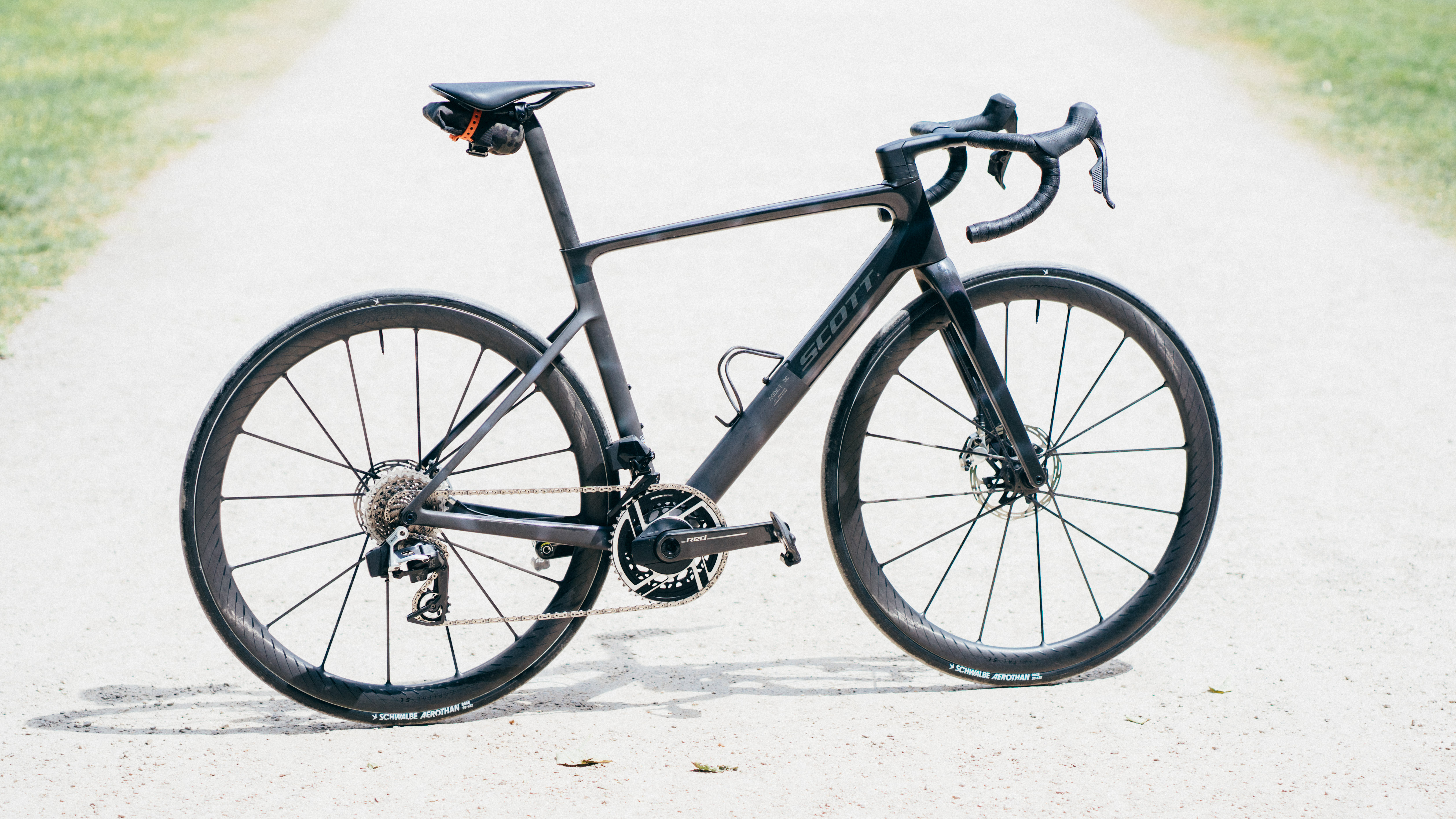
I have reviewed a great many of the best road bikes in my time, and on the whole, the ones that have stuck in my memory for positive reasons haven’t really been the aero machines. The Pinarello Dogma F was one I’ve waxed lyrical about to anyone who’d listen, and while it fared OK in our wind tunnel testing, it had a focus more on handling, balance, and weight than an out-and-out obsession with straight line speed.
On the flip side, the Cervélo S5 is, undoubtedly, a very, very fast bike, but despite this it left me feeling a little flat. There are exceptions to that rule; the Ridley Noah Fast 3.0 was both very aero and an absolute hoot to ride, and my colleague Josh couldn’t speak more highly of the Factor Ostro VAM, but if I had to make a choice I would pick the low weight and lively handling of many of the best lightweight bikes over aerodynamic performance any day of the week.
As such, I was pretty excited to throw a leg over the new Scott Addict RC. In this top-spec RC Ultimate guise, my size 54 bike weighs in at 6.4kg, and that’s with pedals, a bottle cage, and a clip-on computer mount. Even with a computer, a full bottle of water, and a saddlebag with my spares, the whole bike only weighed 7.4kg, which is pretty astounding.
In my time with it, I’ve really taken a shine to the Addict. It’s astonishing how well it climbs (unsurprisingly), but without any notable sacrifices to ride quality. The handling is exceptional too, up there with the best I’ve ever tested, and there’s even a few really sensible design touches too.
I've taken it on the steepest ramps I could find, hard, flat blasts, and some longer rides too and it's not put a foot wrong anywhere.
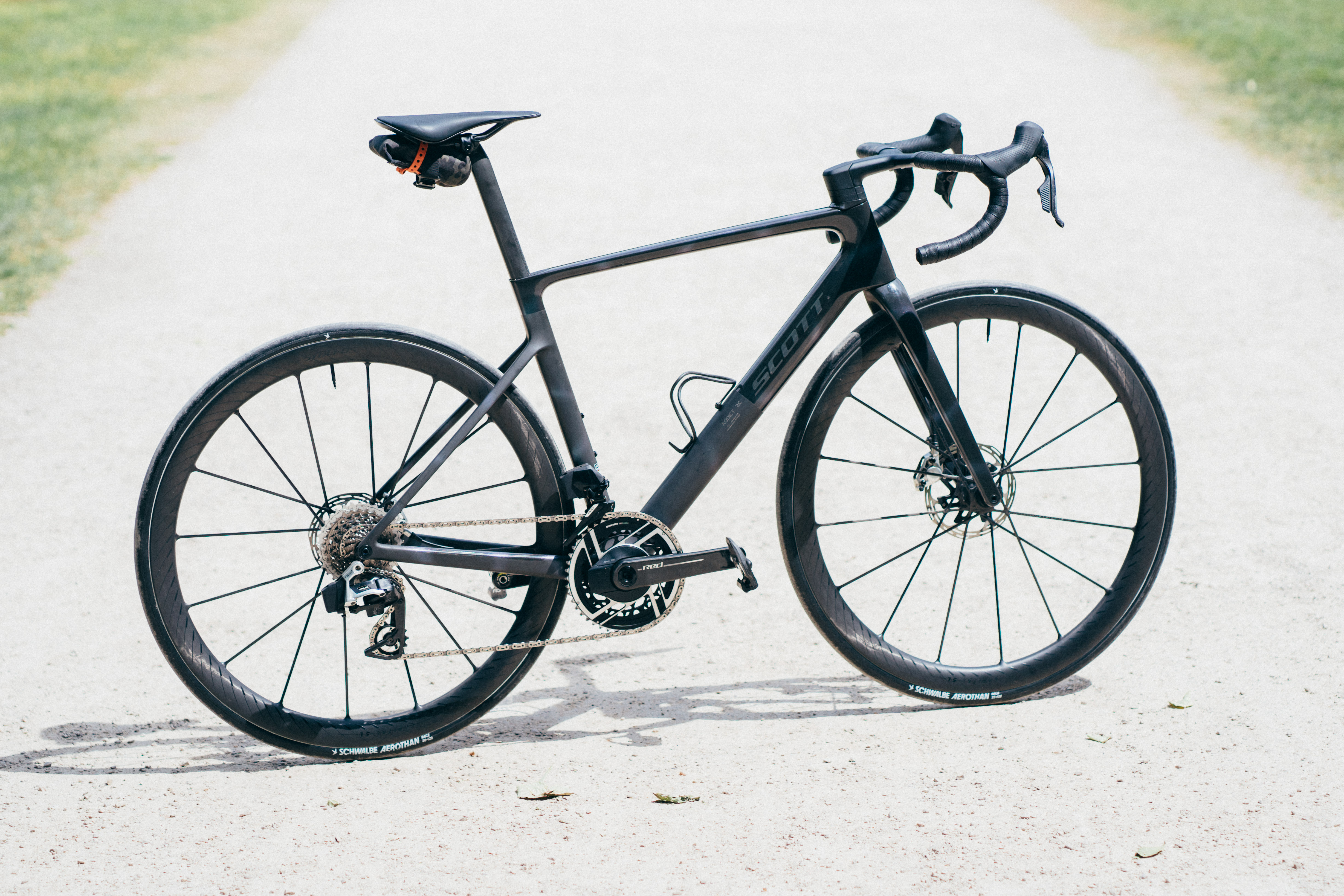
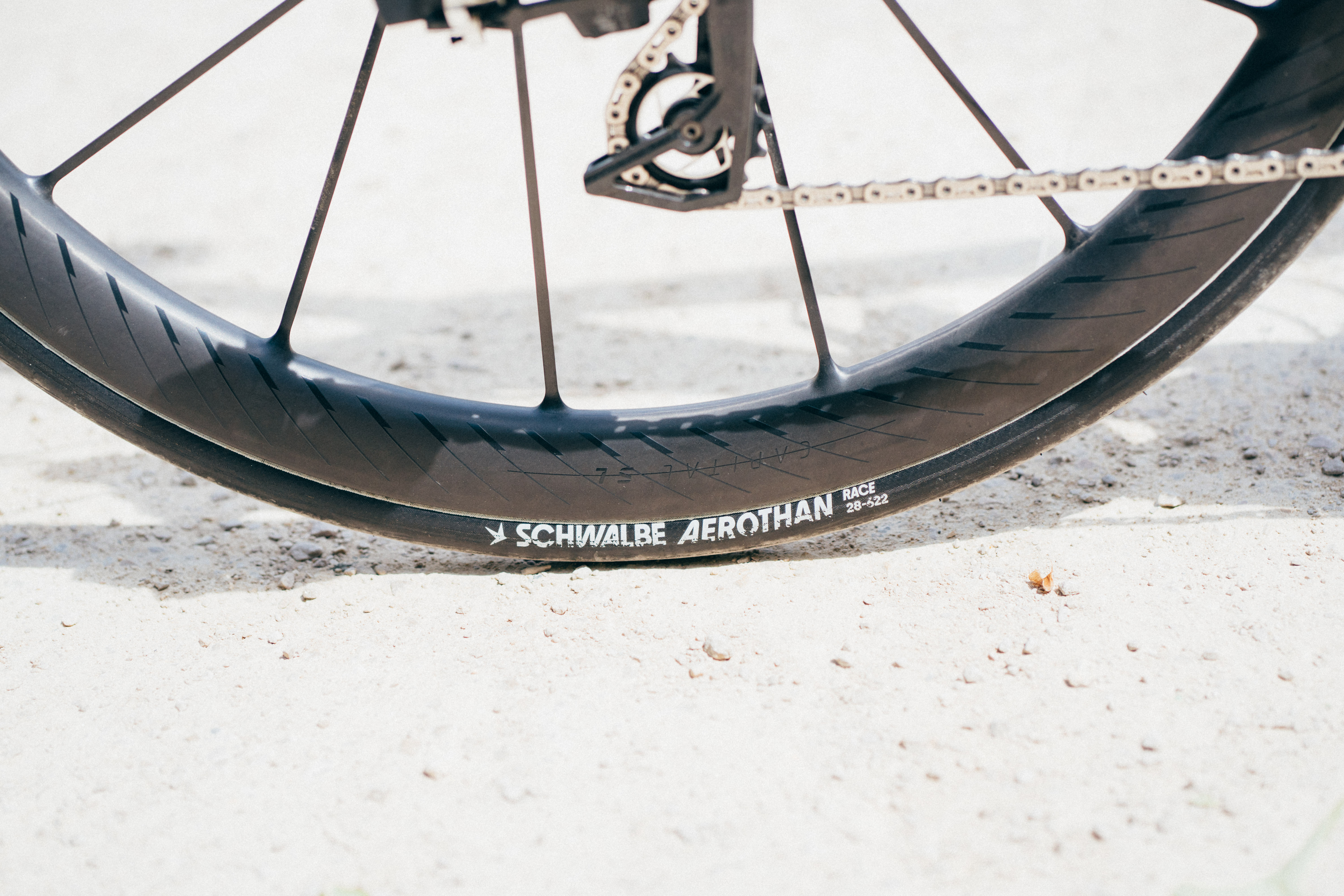

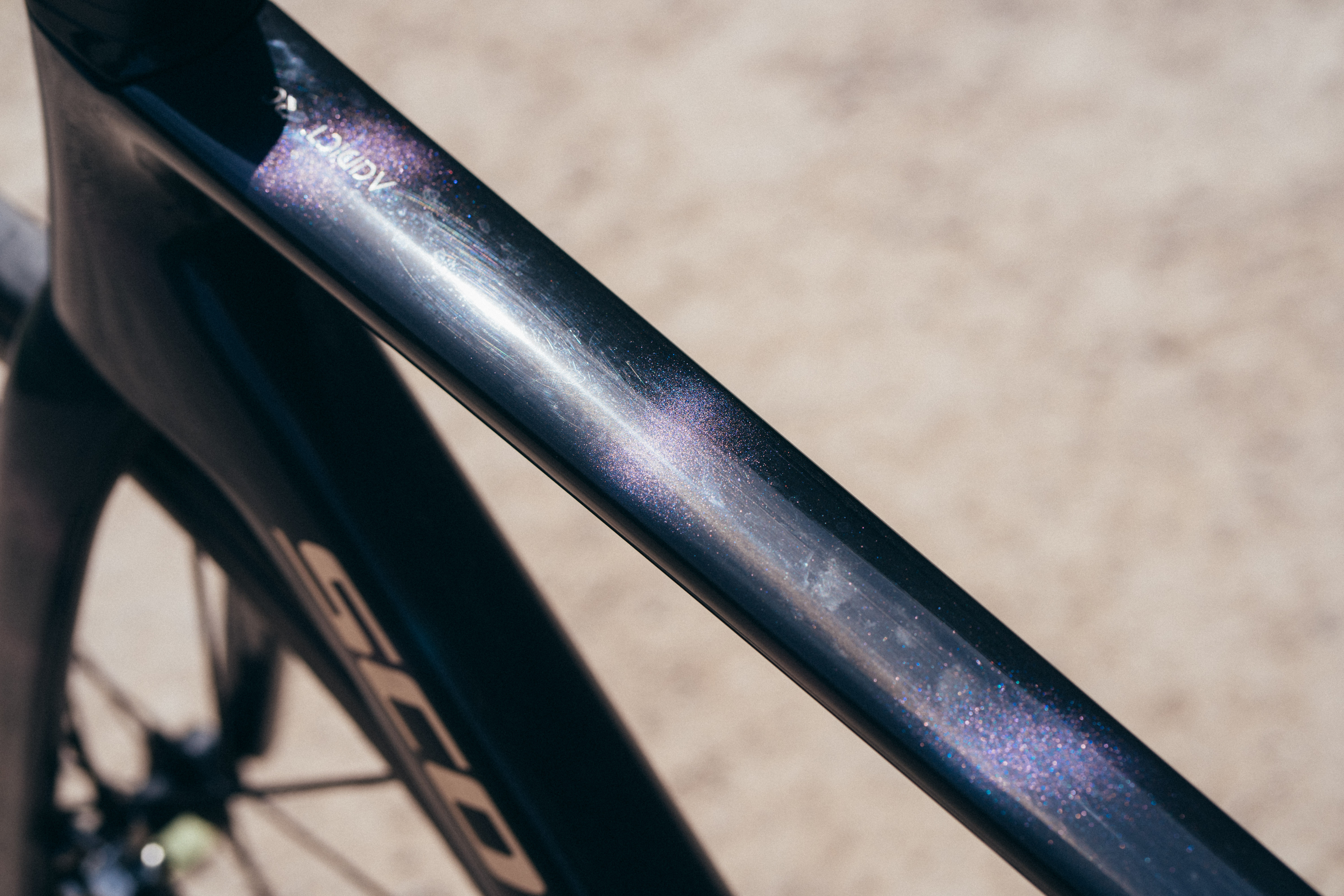
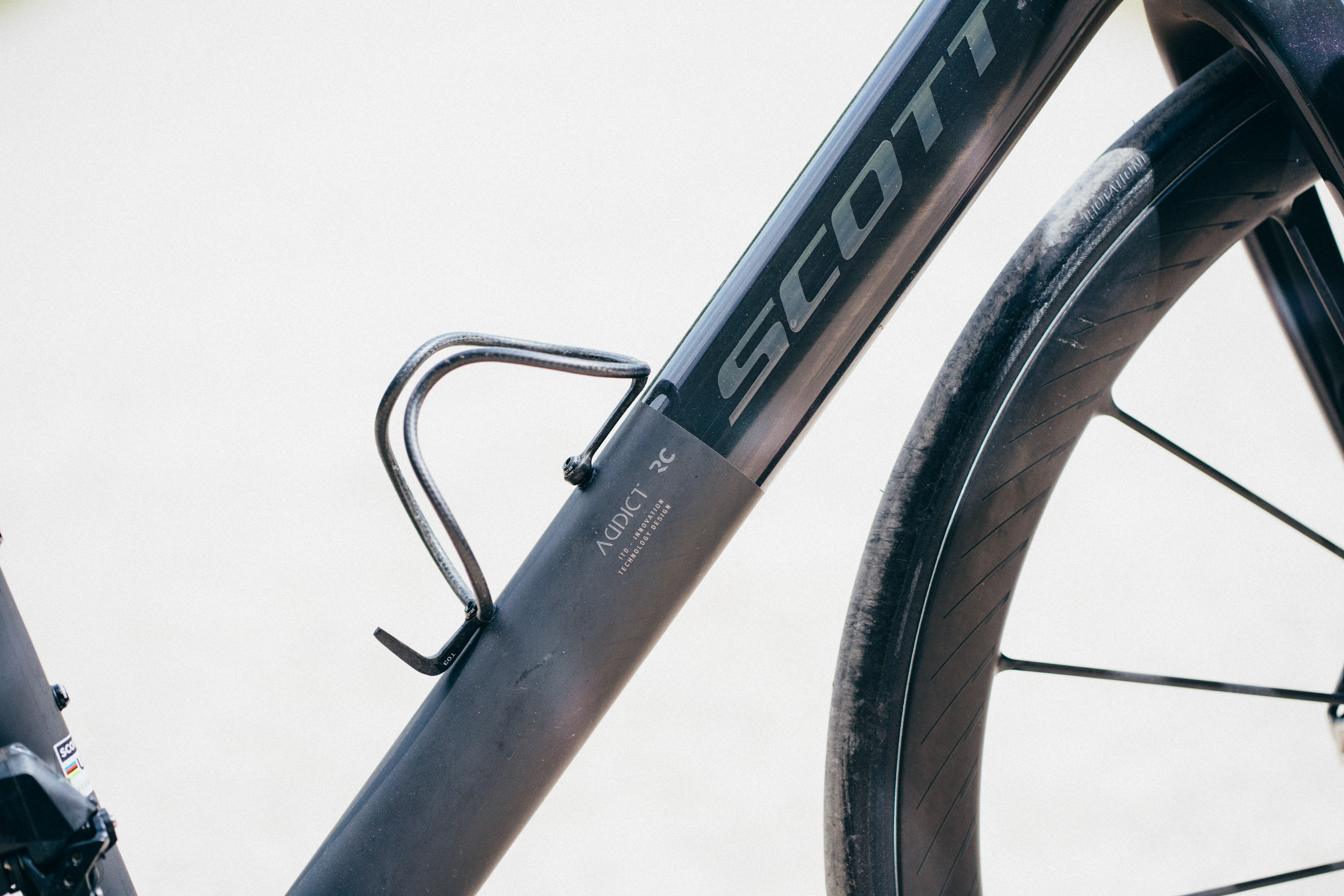

Design and aesthetics
More than any other bike, I think it makes sense to start with the weight here, given that is by far the most headline-grabbing feature on this bike. The stated weight is a full half a kilo less than that of the insanely feathery Factor O2 VAM, and my test bike with pedals, bottle cage, and computer mount weighs the same as the Factor does out of the box with nothing fitted, and it has a proper seatpost too.
The frame kit (which I assume means the frame and fork) is a full 300g lighter than the previous Addict, which is quite the diet for an already light bike to go on in pure carbon terms. How Scott has achieved this seems to be down to a more precise manufacturing process.
In general, carbon fibre bike parts are made using a split mold, and the outer face of your frame/component is laid into the inner face of the mould, before the two halves are joined and an inflatable bladder fills the inside void, pushing the carbon and resin into the correct form during curing.
This can leave an imperfect inner surface, though, so in the case of the Addict, Scott has instead opted to form the frame around a solid, low melt-point mandrel (effectively a solid form of the frame itself), which is then melted out after curing. This leaves a smoother inner surface, and a reduction in the amount of resin needed. It also allegedly means less material is needed, thanks to less material needed to reinforce the joins in the frame. It also means you can reuse the mandrel material, as it is simply recast in a silicone mold, ready to go back into action again, whereas air bladders are single-use and discarded each time.
This process does mean the general form of the bike is very classic. I love it, actually. In the same way that the Specialized Aethos, and the Crux too, for that matter, have a timeless quality. Round tubes, or at least round-ish, are always going to look good. It’s the polar opposite of something like the Ridley Noah FAST 3.0.
More than just the frame, though, the rest of the bike has also shed some pounds… or perhaps maybe just ounces. The seatpost, seat clamp, and the new Syncros IC-R100-SL (no prizes for guessing what ‘SL’ stands for) have all contributed to the overall weight figure, though Scott doesn’t say by how much individually.
One thing I am particularly fond of, which you’ll know if you read my ‘If I ran the bike industry for a day’ piece, is that every bolt on the bike save for the thru-axles is a T25 torx bit, meaning a single, neat tool in the bar end is all you need to make any quick adjustments, or tighten anything up (yes, I know you need a torque wrench to do stuff properly but I’m not taking one of those with me for emergencies). It means you can drastically slim down your spares kit, which in turn further reduces the weight. Scott claims it’s a new innovation, but I rode a Sturdy Fiadh in 2023 that had T25 bolts for everything, INCLUDING the axles, so there’s still room for improvement.
The wheels and tyres are the final piece of the puzzle. The Syncros Capital SL 40 wheels, with 25mm hookless internals and bonded carbon spokes, top the scales at 1170g a pair. Wrap them with as-yet-unreleased Schwalbe Aerothan tyres filled with TPU tubes, and you’re only adding - you have to use tubes with these tyres, so you may as well use light ones - and you have a pair of tyres that weigh 330g, or 344g with tubes.
The 3D-printed titanium computer mount is also incredibly light, though this is an aftermarket add-on. At 12g for the short version, it’s a whole gram lighter than the Canyon 3D printed plastic one that comes with the Canyon Ultimate. So light is it that it broke when laden with just a small Wahoo Bolt V3 and a small Cateye AMPP800 light, meaning I had to remove it, reducing its actual weight to zero. Smart move there, Scott. In any case, I suggest you buy something cheaper and more durable to mount your computer.
All in all, there's a lot going on under the surface, and there are some really great design touches I am fully on board with. Aesthetically, I also think Scott has nailed it with the paint, and not just for the top spec RC Ultimate model, but the whole range. If I had the choice of them all, I’d pick the New York taxi yellow, but the black, with a matte lower and a gloss upper and very minimal branding, is super classy. The little purple patches that shine through were sufficient enough to get some legends of the Bristol graffiti scene excited, so that’s a plus in my book.
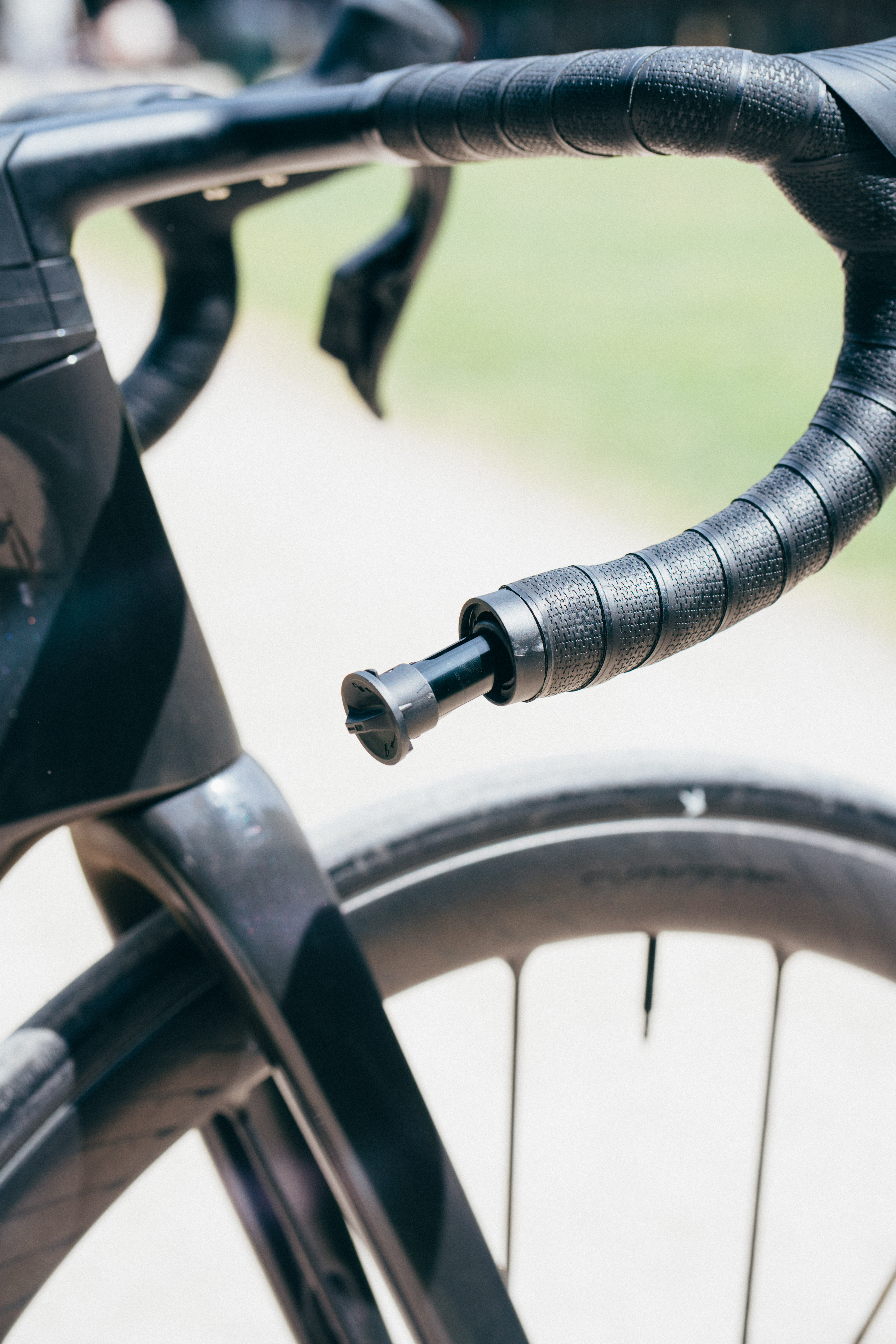
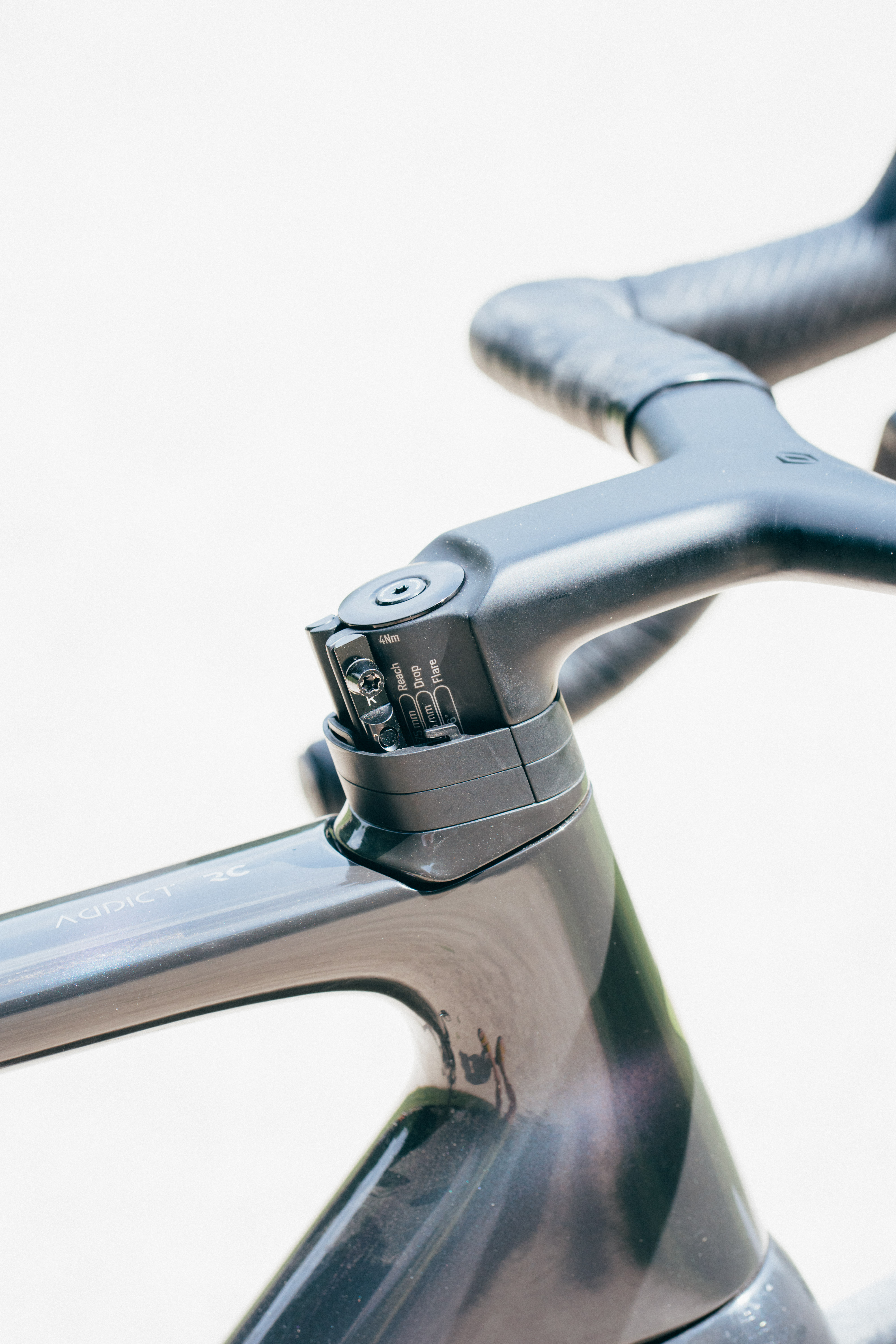
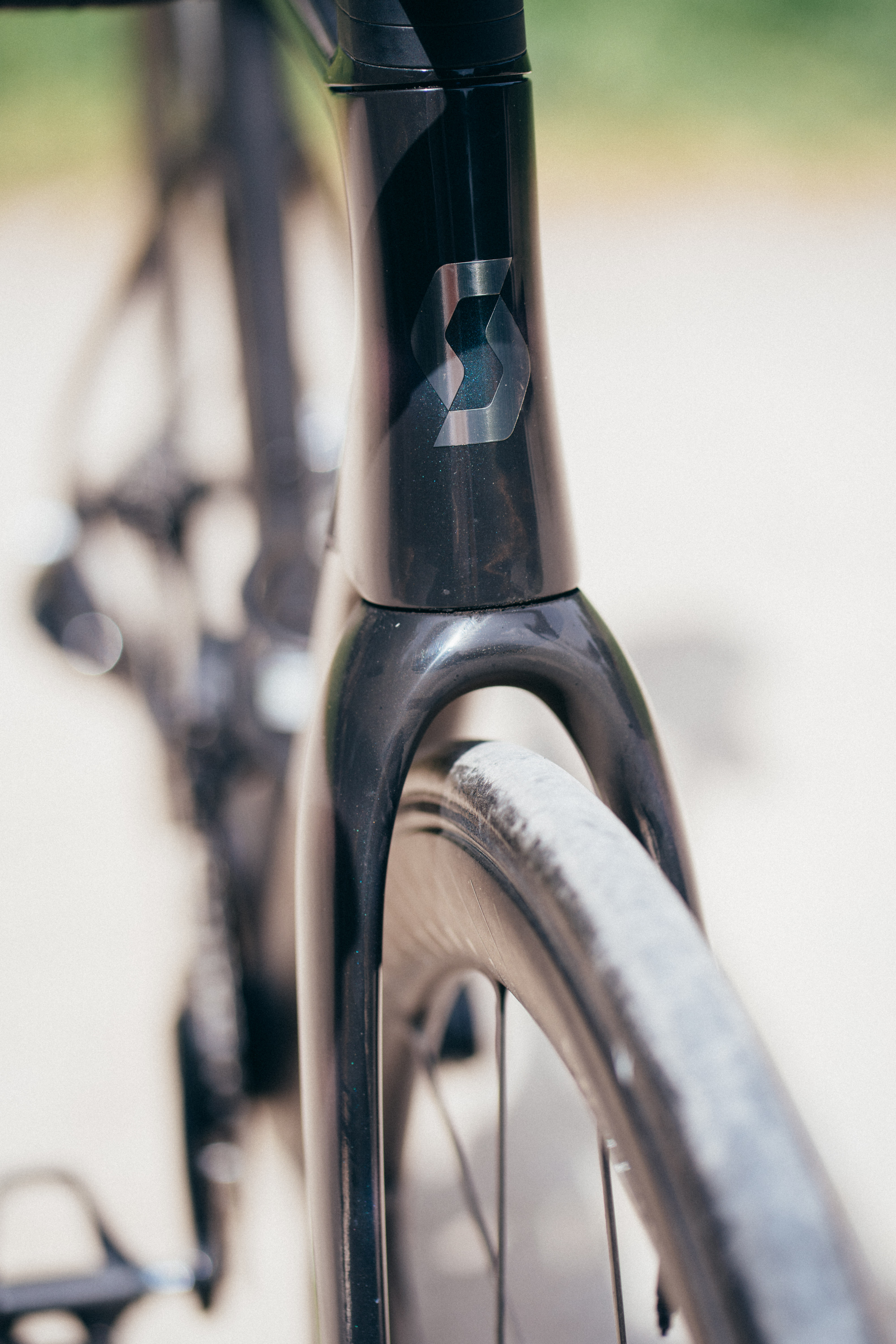
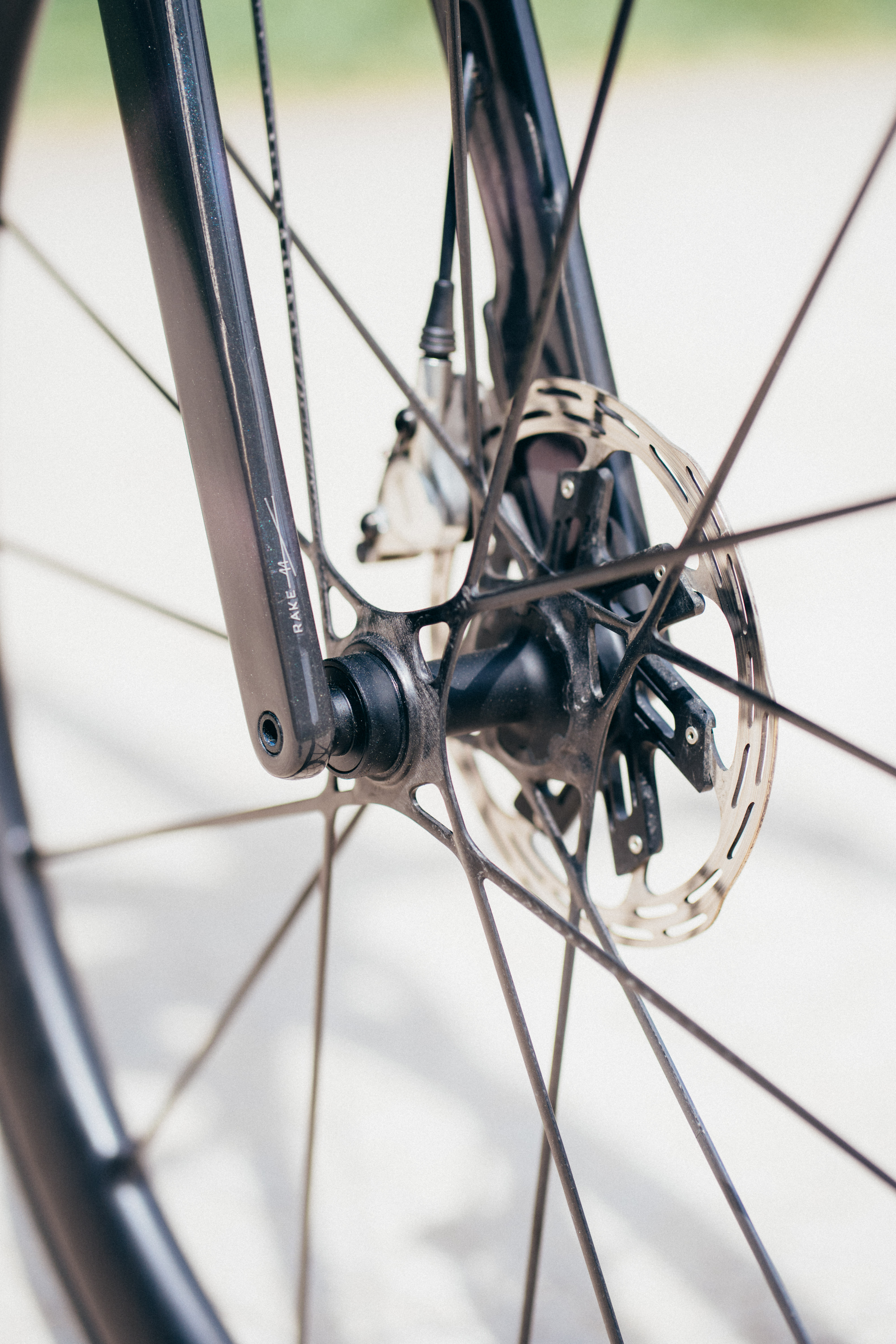

Performance
It is very easy in this job to become numb to the constant stream of new and exciting bikes that come across our collective desks, but every now and then a bike pops up that comprehensively snaps me out of this, and the Scott Addict RC Ultimate is one of them. It is one of a very small cohort of bikes that felt truly dazzling from the gun. The Pinarello Dogma F was one, as was the Ridley Noah Fast 3.0 in its own, very hyper-focussed way, but this latest Addict RC is a true bike lover's bike, and really cements in my mind that most people would have a better time if we stopped obsessing quite so much over aerodynamics.
The low weight is truly astounding in its own right, but without a stiff package to back it up, it could all fall apart, metaphorically speaking. Fortunately not only the frame, but the cockpit, and the wheels especially are more than a match for what my meagre 1,200 watt max effort can dish out. On longer climbs the low system weight is a joy, and responding to changes in gradient are almost automatic, but where it really comes into its own is on steep ramps. On gradients over 15 percent the acceleration you can still achieve is astonishing.
In full, in-the-drops sprints, it suffers a little from the same issue I had with the Dogma, whereby the rear wheel occasionally wants to skip up off the ground, but these occurrences are rare and a small price to pay for the overall systemic benefits elsewhere. The bike can take a 34c tyre, and while the 28c tyres are great, I think even going up to a tubeless 30c GP5000 would help retain some rear-end traction at the limits.
On flatter sections, the 12-watt savings over the old model are welcome, but I don’t think anyone is under any pretense that this is an all-out aero bike. I never felt it held me back, but if I was inclined to race flat crits I’d probably pick something else. Ultimately, Scott doesn’t make any claims to it being competitively aero, and we haven’t tested it in the wind tunnel like we have with a tonne of recent superbikes, so we just have the ol’ visual guesstimate to go on.
What goes up, as all good climbing bikes do, must also come down and I am happy to report that the handling is utterly sublime. After a few rides I was really taken by just how similar to the Pinarello Dogma it felt in terms of its handling characteristics, so I consulted the geometry charts and (surprise, surprise) they have basically the same geometry. It’s nice to know we ain’t just making this up, eh? Everything I loved about the Dogma F rings true here too; the handling is pin-sharp, responsive, teetering on the edge of being unstable but without ever falling off the edge.
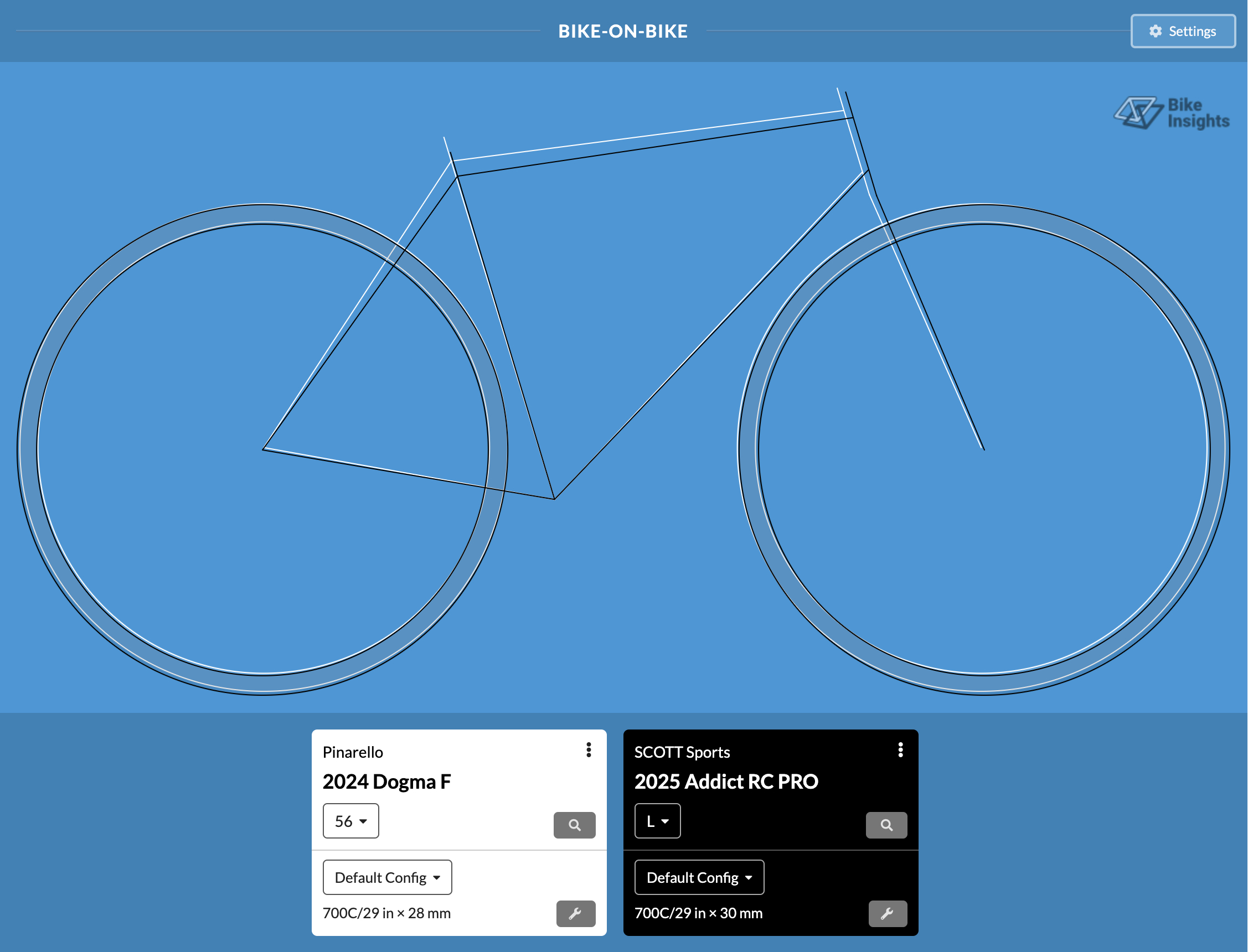
A real mark of good handling for me is how easily a bike can change its line halfway through a corner. Some bikes - longer, slacker ones - are more of a pick your line and just lock it in. Here, as with the Dogma, it’s perfectly possible, easy even, to tweak your line midway through without any fuss, and it makes descending a delight.
While I’d prefer to have 30c tyres at least nowadays, the 28c Schwalbe Aerothan tyres were really excellent too, which is ace as tyres can so often be the weak link. The rolled sublimely, and gripped more than enough to allow the bike to really shine. Despite the tyres being narrower than I’d like the rear end was plenty comfortable enough, even with a saddle that didn’t really suit me. The top tube is a little more sloped than that of the Dogma, meaning more seatpost stickup, and so more flex, which is a good thing in my eyes.
The cockpit I also really enjoyed, broken computer mount aside. The drops have enough real estate to allow you to sit in them for extended periods, and they are stiff enough to handle a full sprint without feeling noodly.
What is actually quite incredible is that I’ve got this far without getting to the groupset. My colleagues have always been full of praise for SRAM Red, and until now I’ve never had the chance to use it. Luck of the draw has meant my test bikes have always been Shimano, or at least second or third tier SRAM groupsets, which always felt second best in my eyes. This new Red is incredible, and while the front shifting still isn’t up to the standard of Shimano - even 105 level - the braking and hood ergonomics surpass it, and on a bike that’s such a beautiful descender I think I’d take the better braking and try not to think about the fact that when my chainrings wear out I have to replace the entire crankset.
It does also come with a power meter. I don’t use power, so I am not really best placed to comment on whether it is any good or not, but the fact that it is included is likely a good thing for the level the bike is pitched at.
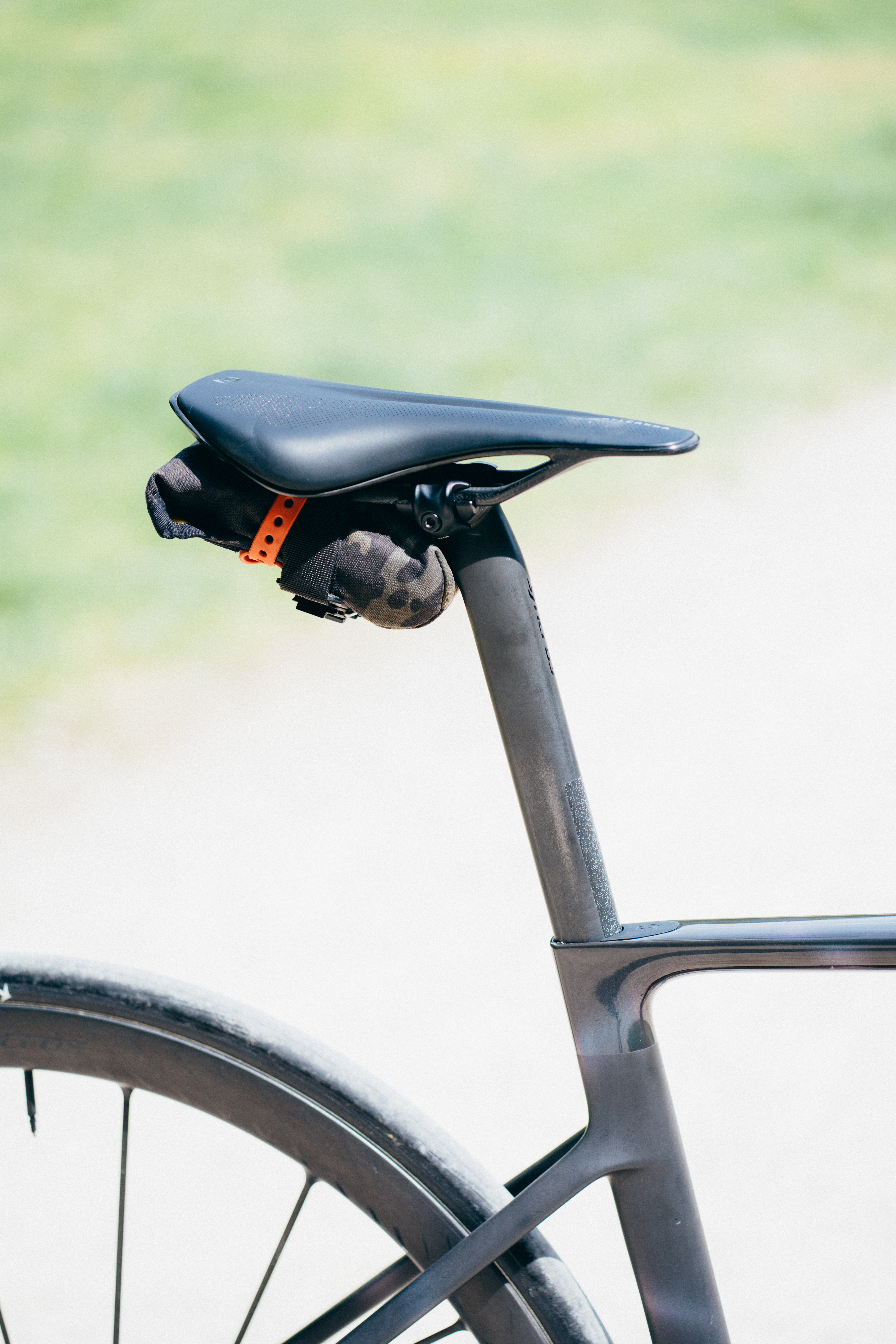

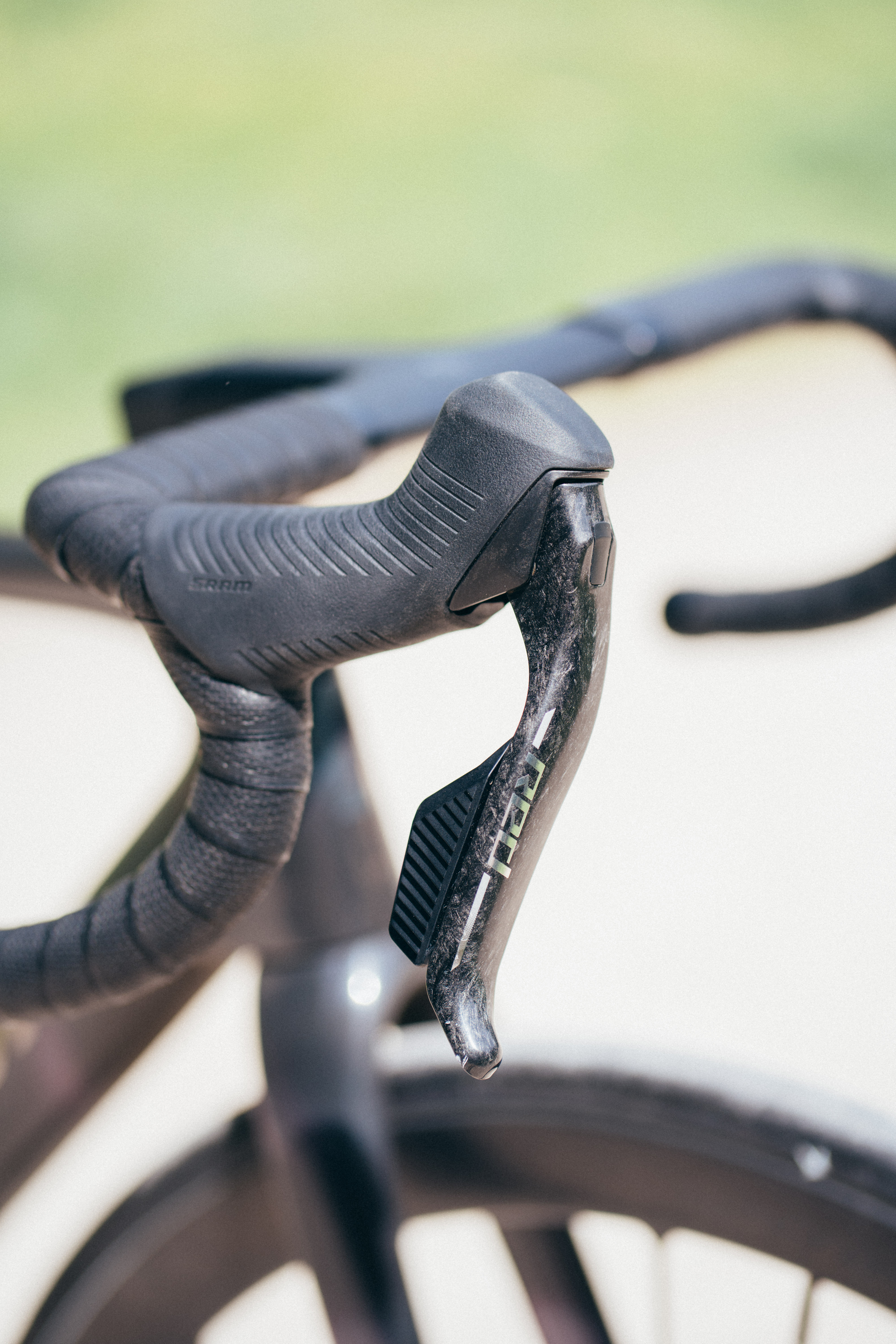

Value
I was hoping this section would be a bit easier. My plan was, on the assumption that the Scott would likely be cheaper than the Dogma F - my current gold standard for how a good bike should feel - and therefore be better value. It is cheaper, but not by much.
A top flight, SRAM Red Dogma F will set you back £13,000, whereas a similarly equipped Addict RC Ultimate will cost you £12,799. While I, a bicycle journalist, will likely never be in a position to consider spending thirteen thousand pounds on a bicycle (unless runaway inflation really kicks in), I suspect that for those who can, a £200 difference is basically small change.
In performance terms, it’s a match for the Dogma F. It’s lighter, but likely a little less aero. I suspect the Pinarello has that little extra special sauce that comes from being perceived as a more premium brand, but I think technically the Scott is a more impressive bike, and has some innovative manufacturing behind it.
In short, it’s ludicrously expensive, but like the Dogma it justifies itself relatively well. It’s one of the best road bikes I’ve had the pleasure of testing, and I’ve tried a lot.
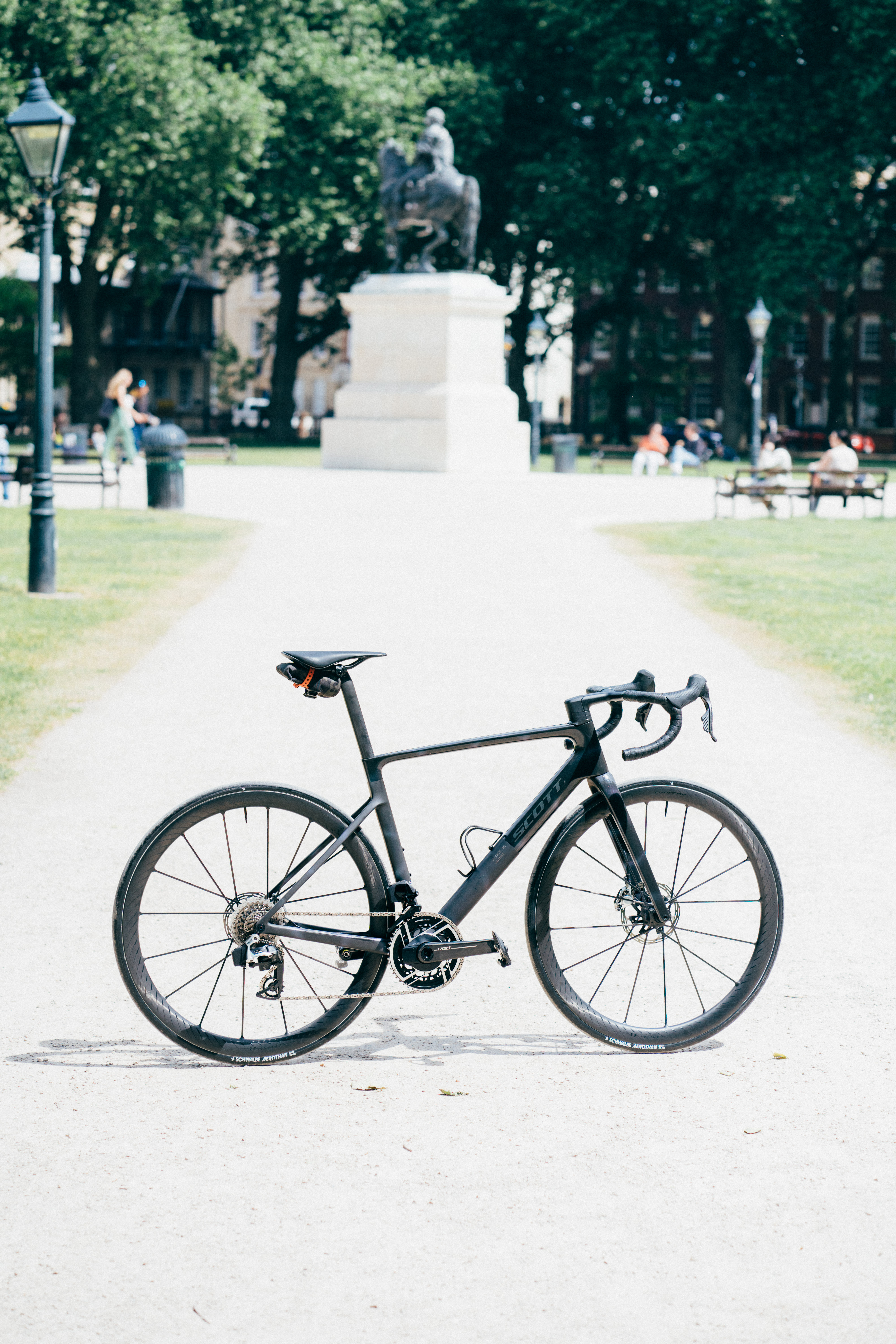
Verdict
What surprises me is the disparity between how good the Scott Addict RC is and the market splash it made. It is absolutely one of the best road bikes you can buy today, and yet it sort of drifted into the world with very little fanfare, whereas other good-but-less-good bikes come in with an absolutely barnstorming media splash and never quite match the hype.
If a climbing bike is your goal, then this has to be top of your list, if you can afford it, but I don’t want to just pigeonhole it. The low weight and sublime handling on offer make it a really compelling all-round bike for those after high performance without having to go all-out aero.
In actual fact, the Scott Addict is the distillation of what I have thought for some time; the focus on aerodynamics in bike design has robbed a lot of us of the joy of riding a whippy, lightweight bike. They are more fun to ride, even if they’re in the round, a little slower. It’s why the Specialized Aethos is so well loved, too.
If you love riding bikes, you’ll adore the Scott Addict RC, and while I haven’t tested the lower tier models, the geometry will be consistent and so I am pretty confident in saying that probably applies throughout the range.
| Attributes | Notes | Rating |
|---|---|---|
| Design and aesthetics | Lovely to look at, but with innovative manufacturing and handy maintenance touches to boot. | 10/10 |
| Build | There's nothing here that lets the bike down. The wheels, the tyres, the cockpit, and the groupset are all stellar. | 10/10 |
| Performance | The climbing performance is unmatched, as is the handling. I suspect it loses points for aerodynamics, but it's still a better all-rounder than many of the best lightweight bikes out there. | 9/10 |
| Weight | I can't think of a stock production bike that can match it. | 10/10 |
| Value | It is furiously expensive, it is slightly cheaper than a Dogma and better equipped, and lighter too. | 8/10 |
| Overall rating | 94% |







